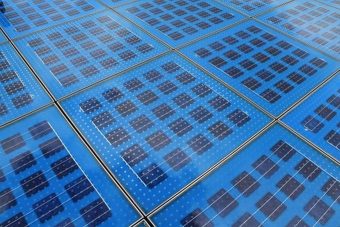
The sun is setting on Japan’s clean-energy boom, despite projects like a massive floating solar farm near Tokyo, as the government cuts subsidies and bets on nuclear and coal-fired power, critics say.
Workers at the floating power station, one of the world’s biggest, have just finished laying about 50,000 interconnected panels on a vast dam reservoir.
Taking up space equivalent to several Tokyo Dome-sized baseball stadiums, the vast carpet of panels will supply power to about 5,000 homes from early 2018.
The project is the centerpiece of a solar-dominated wave of renewable energy investments that followed the 2011 Fukushima nuclear disaster.
The accident forced the shutdown of reactors that had supplied about one-quarter of resource-poor Japan’s energy.
To plug the gap, electricity providers have been obliged since 2012 to buy power generated from green suppliers, including solar, at above-market rates -known as feed-in tariffs – fixed by the government each year.
But renewable energy investments have plateaued and are set to fall in the coming years as Tokyo cuts back subsidies while commodities including coal, oil and natural gas remain cheap.
Japan is also facing a shortage of land for new solar installations. Kyocera, which is behind the floating farm south of Tokyo, is building a solar plant on an abandoned golf course.
“Several dynamics in the Japanese power sector have shifted since (2012) – such as weakening government support, cheaper fuel alternatives and electricity sector reform – which have all contributed to the slowdown in growth,” BMI Research said in a report.
Source: solardaily.com




